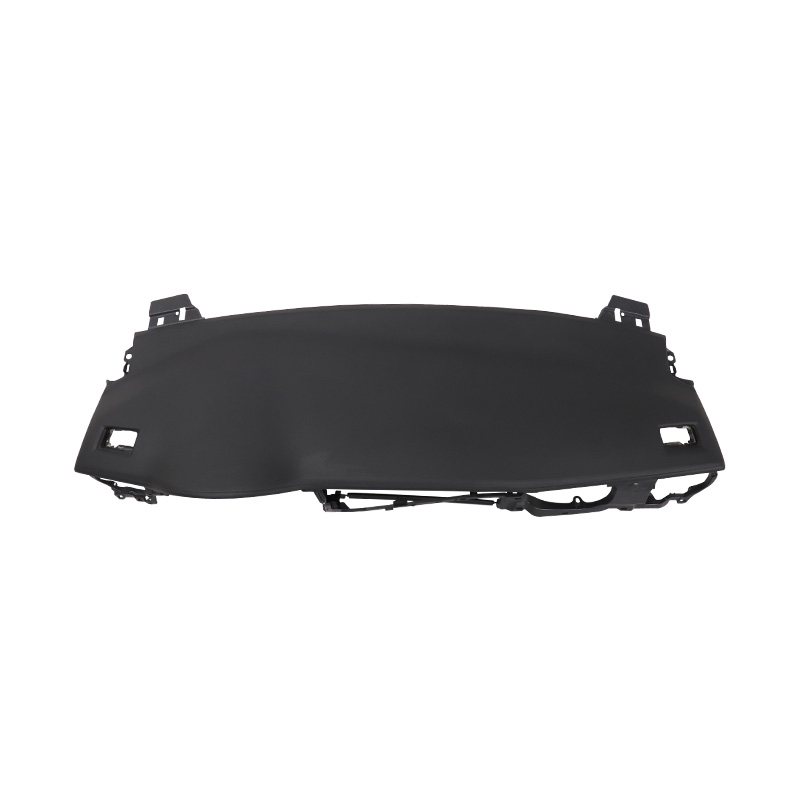2025-03-24
To strike a balance between aesthetics, readability, and functionality, the design of the Auto Dashboard needs to consider several key factors. Here are some key recommendations:
1. Simple and clear interface design
Simplicity: Avoid too many elements. Try to remove unnecessary decorations and ensure that each piece of information has its meaning.
High contrast: Ensure that the text and graphics have enough contrast with the background, especially in different lighting conditions (such as day and night). Dark backgrounds and bright text/icons usually provide good readability during both day and night.
Clear partitions: Use different colors and layouts to distinguish different information areas. For example, speed, fuel level, navigation, etc. can be visually distinguished for the driver to quickly identify.
2. Information priority
Hierarchical design: Put important information where the driver can see it most easily (such as the central display or the center of the dashboard). Secondary information can be displayed in smaller fonts or on the edge of the screen.
Icons and indicator lights: Icons are an indispensable element of the dashboard. When designing, make sure that the icons are intuitive, unified, and consistent with the common habits of drivers. For example, icons such as low fuel level and engine failure should be eye-catching enough.
3. Interaction and functionality
Responsive design: The dashboard interface should be responsive and avoid too many steps. The layout of the touch screen and buttons should be reasonable to ensure that the driver can operate quickly without distraction.
Haptic feedback: When the driver touches the touch screen or operates the button, provide tactile feedback (such as vibration or sound) to enhance the interactive experience.
Customization options: Some drivers may prefer different display methods. Provide certain customization functions to allow users to adjust the display content or layout of the dashboard.
4. Data visualization
Graphical display: Use charts, bar charts, curves, etc. to display data (such as fuel consumption, speed changes, etc.), so that the information can be seen at a glance.
Dynamic update: Ensure that important information (such as traffic conditions, navigation, etc.) is updated in real time to avoid static interfaces affecting the driver's decision.
5. User experience (UX)
Reduce distractions: When designing, ensure that the information presentation does not distract the driver. Avoid too many animation effects or complex menu levels.
Intuitiveness and consistency: UI elements should meet the driver's expectations, and the arrangement of buttons, icons and interfaces should be consistent to avoid confusion.
The design of Auto Dashboard needs to find a delicate balance between visual beauty and practical functions, which can attract drivers while ensuring clear and efficient information communication. Through precise layout, reasonable information hierarchy and humanized interactive design, the overall experience of the dashboard can be maximized.